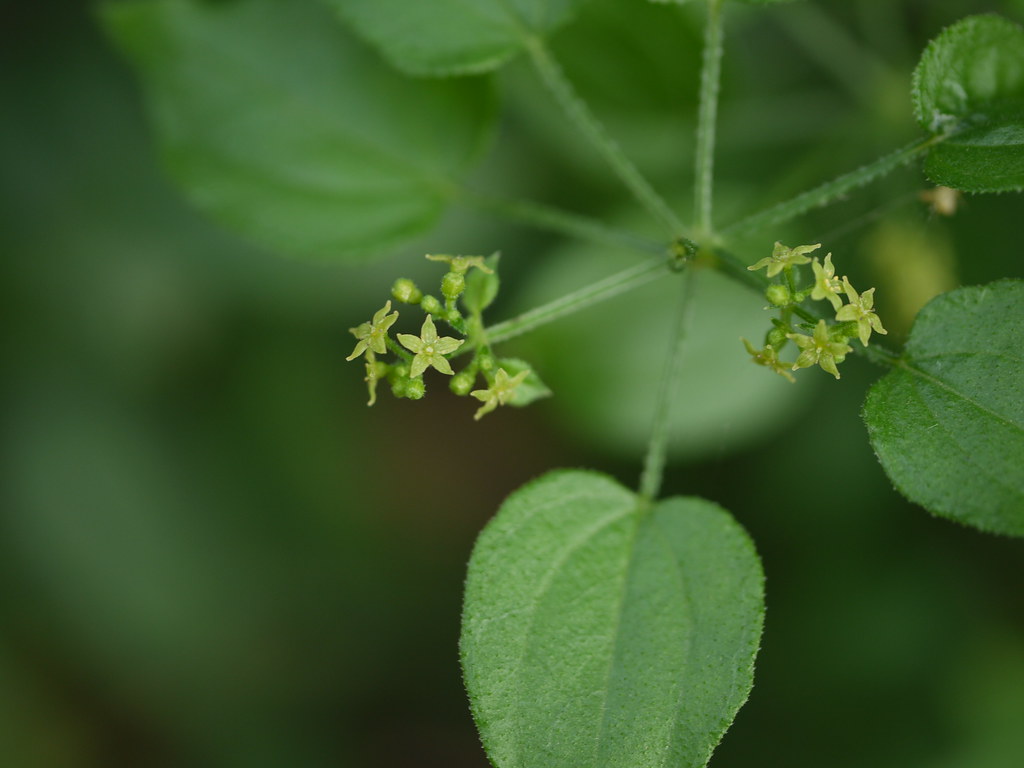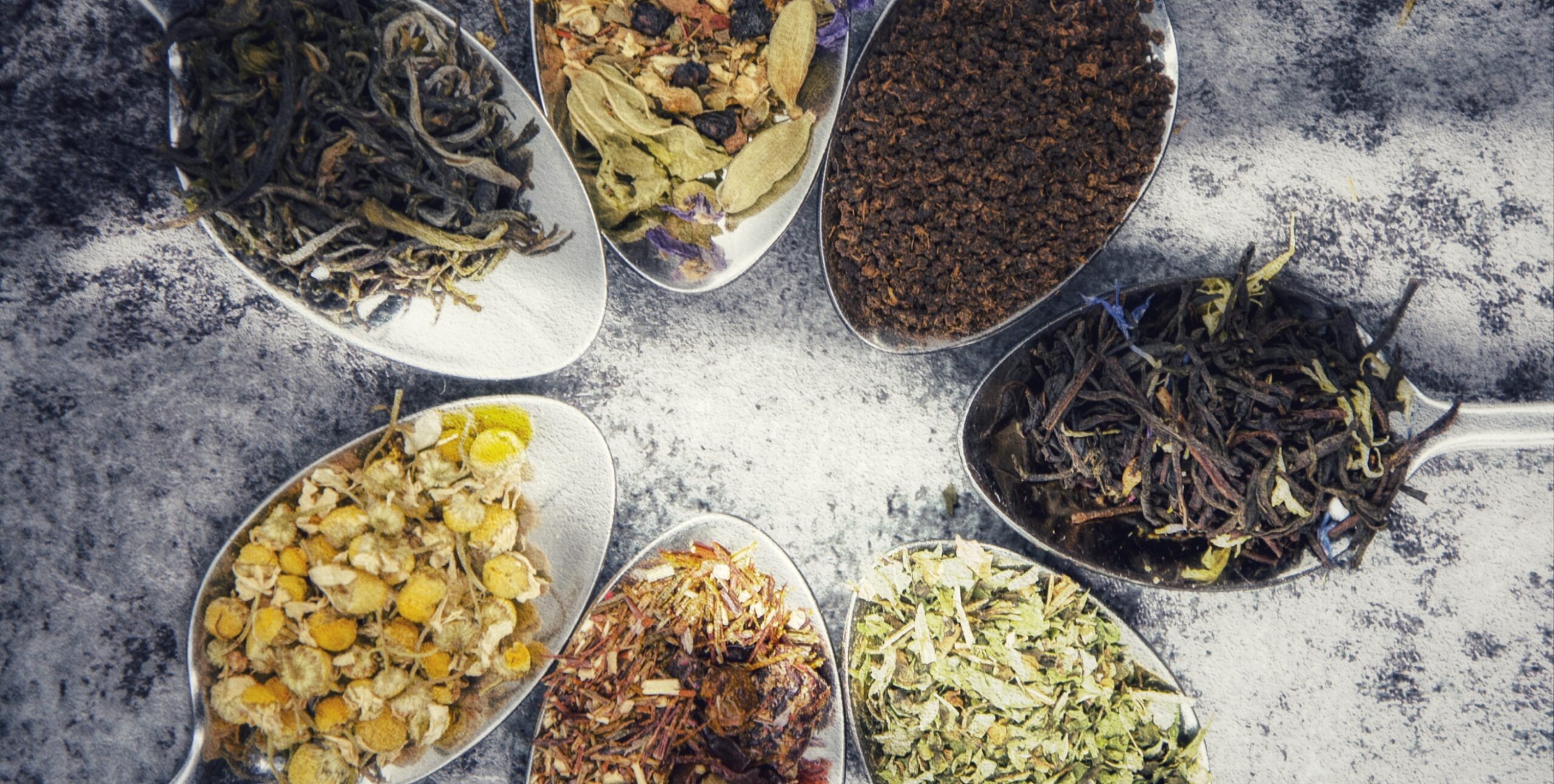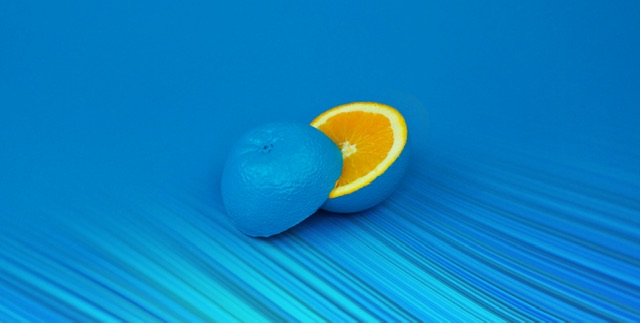Manjistha, meaning “bright red” in Sanskrit, is a wondrous Ayurvedic herb used since antiquity as a lymph mover and to revive sluggish blood circulation. It finds application is breaking down heaviness and blockages throughout the circulatory system ensuring a smooth, unrestricted flow.
Manjistha is first mentioned in the “Atreya Aranyaka” from ancient India. Charaka Rishi classified manjistha as a rejuvenator, owing to its detoxifying properties. Sushruta recommended it for balancing the bio-elements or life-energies of the body for good health.
Manjishtha occurs in nature as a perennial prickly climber with a red bark which can grow up to 9 feet, it has glossy green heart shaped leaves. Its stems, roots and shoots all find application in healing, though root is what is used most extensively.
Manjistha supports the natural function of the lymphatic system, allowing proper nutrition for the cells and removal of wastes from the body. This coupled with its ability to purify the blood makes it an excellent skin rejuvenator. The anti-inflammatory and anti-oxidant properties of Manjistha make it a go to herb for treating allergies, eczema, dermatitis and psoriasis.
Manjistha has been used in ayurveda to fight allergies. Research establishes its role in preventing release of chemicals like histamine. This, in turn, reins in symptoms such as a running nose, itchy skin, or watery eyes which occur during an allergic reaction.
Eczema is a common skin condition which results in itchy reddened skin and oozing blisters. Ayurvedic texts describe the use of manjistha to treat a skin disease named vicharchika which exhibits symptoms similar to eczema.
Psoriasis is a skin disease that develops when skin cells get replaced more quickly than is normal due to abnormal proliferation of skin cells called keratinocytes, resulting in crusty, flaky red patches with silvery scales. Studies show that extracts from the roots have an anti-proliferative effect on keratinocytes.
Manjishtha is also helpful in reducing wrinkles and fine lines and gives the skin an overall youthful appearance. It is also known to treat hyper-pigmentation, a condition in which patches of skin become darker in colour than the normal surrounding skin. The powdered root of manjistha is effective against the acne causing bacteria. In ayurveda, manjistha is described as having varṇya property, that is, it can improve your complexion and make it lustrous. In many places it was used in beauty regimes as a natural rouge to redden lips, cheeks and even in hair.
Manjistha can help to rebalance liver enzymes and protect the kidneys from harmful toxins. It has also been found to protect against the formation of painful kidney stones by modulating the excretion of minerals such as calcium, oxalate and phosphorus in the urine.
Manjistha has been traditionally used to heal cuts and wounds. Researchers suggest that anthraquinones and tannins present in this medicinal plant may be responsible for its wound-healing action. The manjistha extract can ease pain and even ease fever associated with inflammation.
Manjistha is considered one of those rare herbs in ayurveda which has both soma (cooling) and agni (heating) properties. It is one such superfood that has potent antioxidant benefits and can scavenge free radicals. It is also found to significantly reduce acidity and ulcer index.
Manjistha is an emmenagogue that can boost healthy and regular menstruation. It is also used in ayurveda to treat menstrual disorders.
Manjistha has traditionally been used in ayurveda to treat uterine and ovarian cancers. And lab studies show that it can act against cancer cells in the colon, breast, and liver. It also has anti-tumor activity against various cancers such as myeloid leukemia and histolytic lymphoma. Some research indicates that cyclic hexapeptides and quinones present in this plant are responsible for its anticancer activity.
Manjishtha roots can be used to make teas or tinctures, or alternatively, it can be taken as supplement in powdered form. As with all herbs, be sure the source is organic and high quality. Mixing honey or yogurt with powdered manjistha and applying it to the face or body as a mask for 10-15 minutes can be used as a remedy for treating acne. Be sure to test a small area of the skin first to see how your skin will react.
Note: Taking manjishtha may temporarily turn the urine orange or brown. It should not be taken by pregnant and lactating women.





